 An interesting morning, with Linden Lab CEO Rod Humble and myself being invited to appear on the Kyle and Jackie O show.
An interesting morning, with Linden Lab CEO Rod Humble and myself being invited to appear on the Kyle and Jackie O show.
For Australian readers, you’ve probably heard about Kyle Sandilands in particular, so I went into the interview with eyes wide open on how balanced the interview would be.
As expected it was a predictable angle, paraphrased as “Hey, look at those freaky people who give up their life to go into Second Life”. That said, Kyle Sandilands was the comparative voice of reason out of the two hosts, at least keeping an open mind.
It’s worth a listen to hear how Linden Lab’s CEO deals with a tabloid approach to Second Life. Not surprisingly the piece opens with Sissy, a self-proclaimed SL addict. Have a listen for yourself and here’s a link to 2Day FM’s podcast of 17th January. It did make the cut – as predicted, sex pose balls make for good listening in the tabloid world.


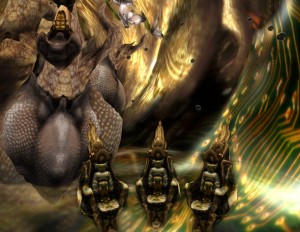



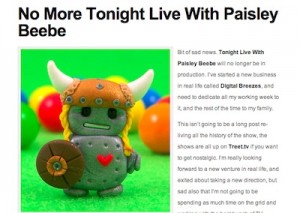

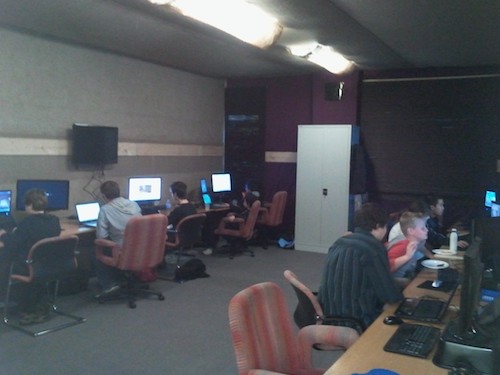
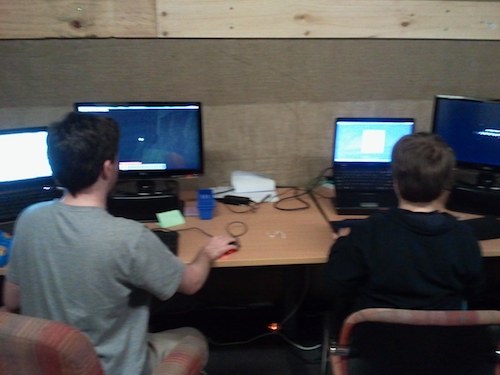


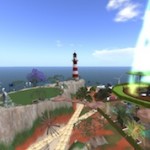

Recent Comments